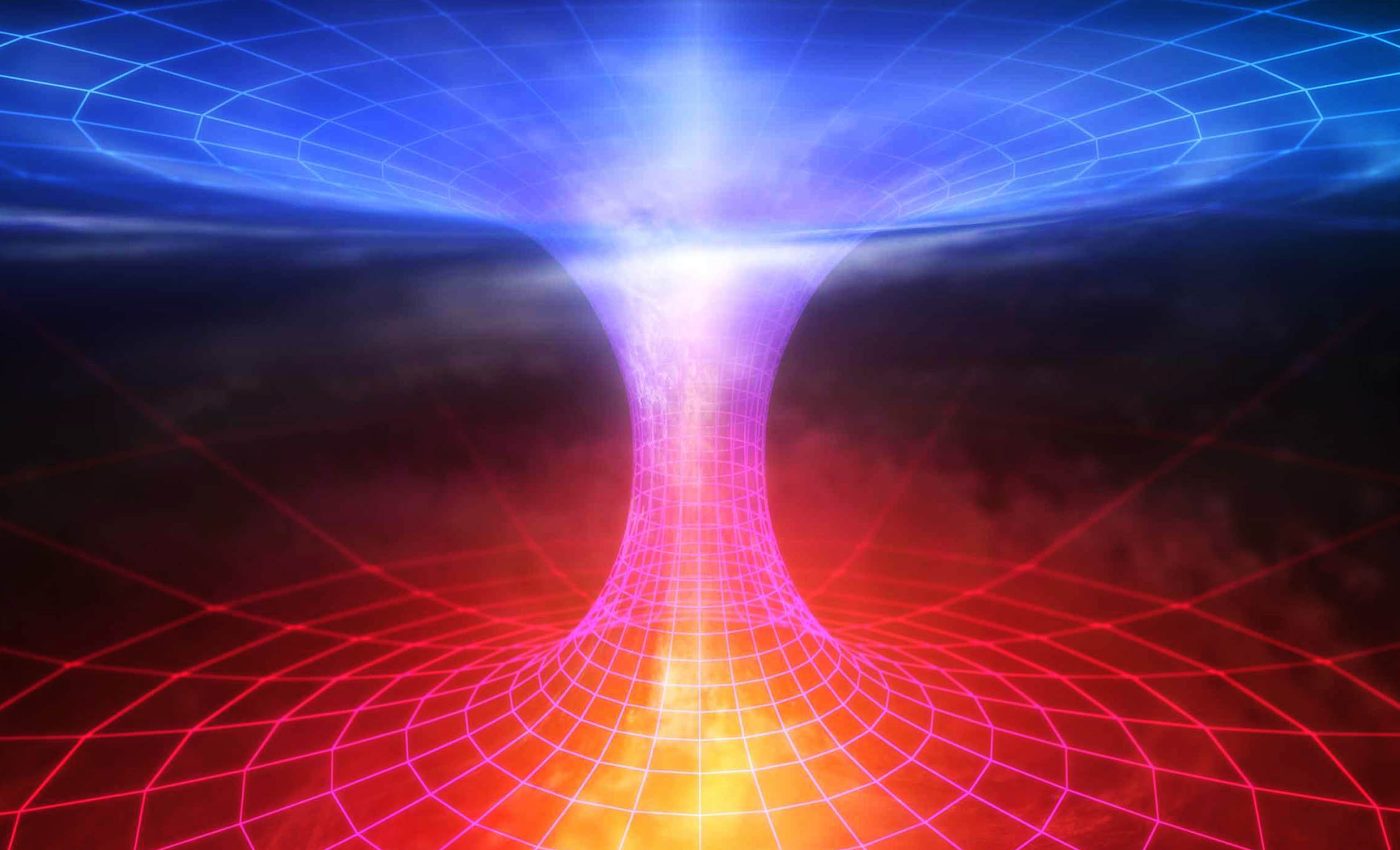
Quantum experiment demonstrates that light can exit a material before ever entering
Light can play tricks that challenge the senses, and this one ranks high. In a tabletop experiment, physicists found that a single light pulse can appear to leave an atom cloud before it even enters that atom – a case of negative time that belongs to quantum physics, not science fiction.
The team did not build a time machine, and no information outran light. Their report is a preprint that measures how long atoms stay excited when a photon passes through and shows that the average can be less than zero.
Defining “negative time”
The phrase refers to a calculated duration tied to group delay, the time shift a light pulse picks up when passing through a material.
Near atomic resonance, that delay can take on negative values because of how the wave’s different frequency components interfere.
Lead author Daniela Angulo works at the University of Toronto, where the experiment was built. Her group asked a precise question about a single transmitted photon and the time the atoms spent in the excited state while it crossed.
The paper reports mean excitation times that range from about minus eight tenths of a characteristic lifetime up to a little more than half of it.
The negative values show up when the pulse is narrowband and tuned close to the atomic transition, which is the regime of strong dispersion.
“These results suggest that negative values taken by times such as the group delay have more physical significance than has generally been appreciated,” wrote Angulo. The statement appears in the team’s paper.
How the team tested the idea
The experiment used rubidium atoms chilled and trapped so that their motion did not blur the signal. The atoms formed a thin cloud that the light crossed only once in a straight shot.
Two lasers were required. A resonant signal pulse interacted with the atoms, and a second off resonant probe read out tiny changes in the refractive index through a cross-Kerr effect.
This is a nonlinear process that shifts phase in one beam because of the presence of another.
Earlier work from the same laboratory measured related excitation times by monitoring a probe phase and post selecting on transmitted photons.
That measurement that showed even transmitted photons can leave atoms excited briefly. It established the basic readout used here.
Why relativity stays safe
A negative group delay does not let messages leap ahead. Tests of information speed through so called fast light media show that while pulse peaks advance, the earliest detectable change still respects the light speed limit.
This is consistent with special relativity, which sets the universal speed limit and forbids faster than light signaling. The Toronto data track an internal timing of atom light interactions, not the transfer of a readable message.
The effect has a long history in optics. A landmark experiment demonstrated that the group velocity in caesium vapor can exceed the speed of light and even become negative without violating causality.
Some physicists argue that the idea of “negative time” in the experiment does not describe time itself running in reverse.
Instead, they view it as a mathematical way of expressing how photons interact with the medium and how their phases shift, warning that the wording could give a misleading impression about what is really being measured.
Quantum physics and negative time
The study replaces a loose story about pulse reshaping with a specific, testable statement about time spent in an excited state.
It ties an optical delay parameter to a measurable atomic record and does so with numbers and error bars.
This link should help clarify old confusions about fast light and superluminal claims. It also supplies a concrete quantity for theorists who model light matter interactions far from the simple textbook limit.
Open questions remain about the limits of negative values and the role of loss and dephasing in other media. The method can be pushed to different atomic species and pulse shapes to map where the sign flips.
Follow up experiments could check how excitation times behave for scattered photons rather than transmitted ones.
Theory and prior work predict a split between group delay contributions and the always positive Wigner delay from elastic scattering.
Engineers may ask if the phase sensitivity achieved here can be folded into quantum sensing.
Even if the effect does not lead to a device, sharpening time concepts at the single photon level will pay off in precision metrology.
The study is published in arXiv.
—–
Like what you read? Subscribe to our newsletter for engaging articles, exclusive content, and the latest updates.
Check us out on EarthSnap, a free app brought to you by Eric Ralls and Earth.com.
—–













